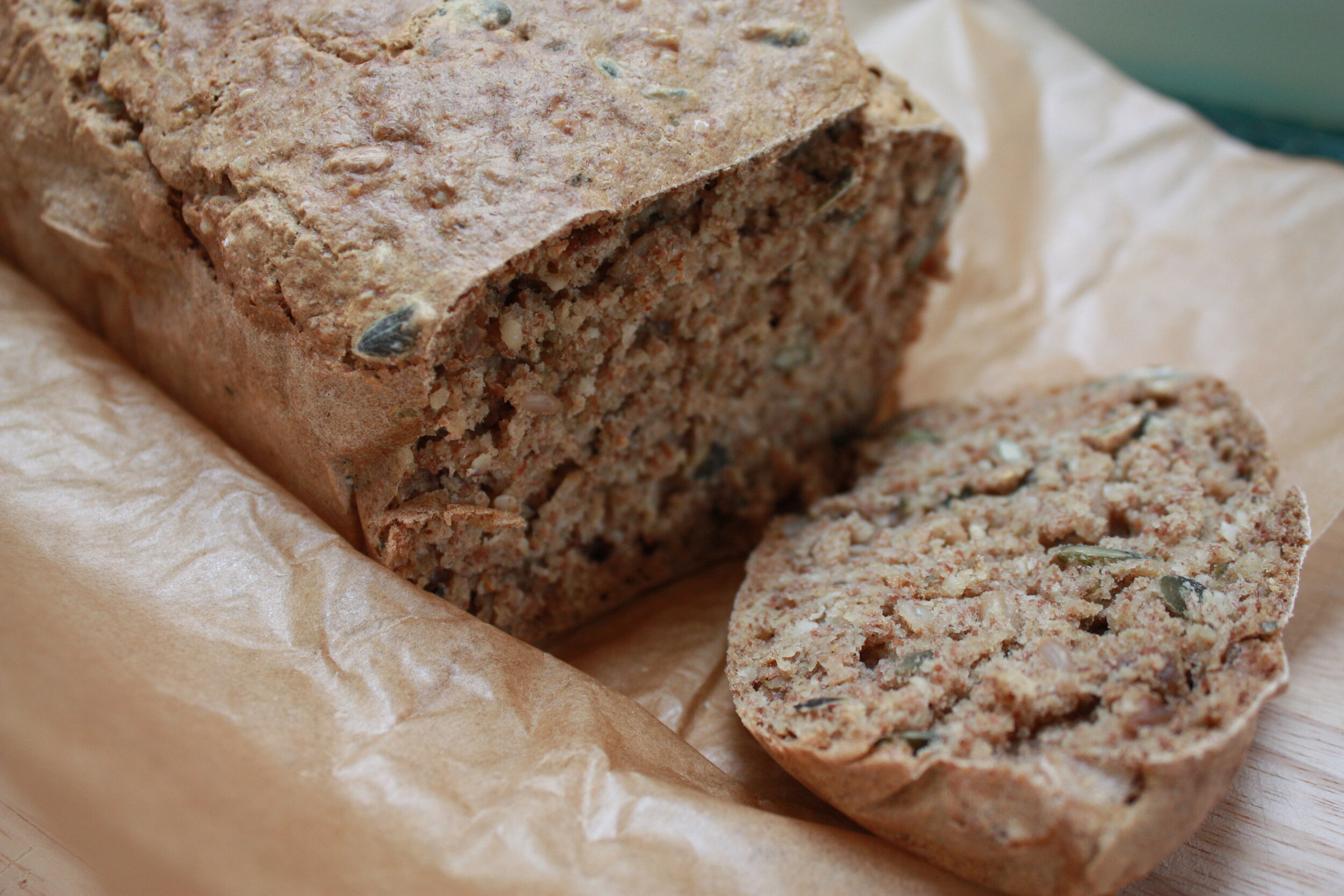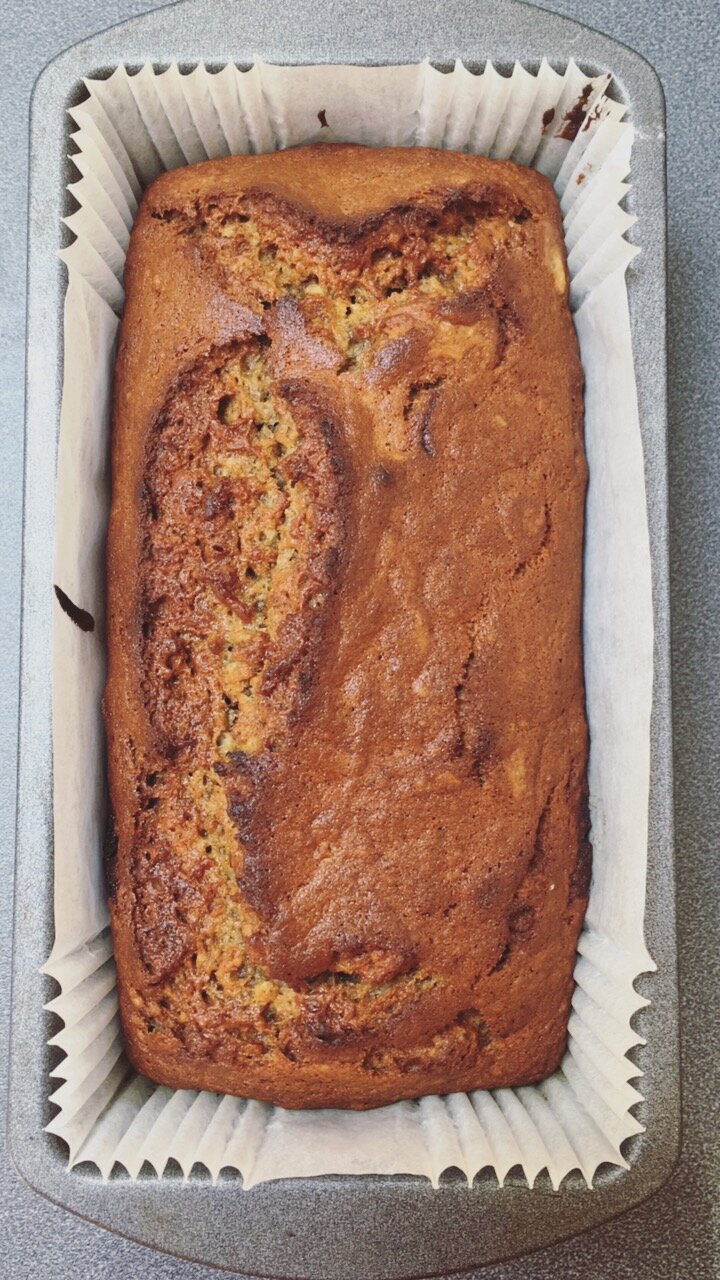Well, this isn’t quite the content I thought I’d be writing in March 2020. What strange, frightening times we’re living in at the moment.
I live in a small city where not a great deal changes, but nowhere, it seems, is immune to what is going on. Yesterday, I walked (I didn’t dare take the car) to a supermarket a few kilometres away. I was horrified by what I saw. Signs everywhere announcing restrictions on purchases, and that abuse to staff wouldn’t be tolerated (as it shouldn’t be, but it’s sad that people’s conduct necessitates such reminders). Crowds. Trolleys. People grabbing what they could, from bare shelves.
Most confronting of all was seeing an elderly couple, perhaps in their late seventies, with masks on, pushing their trolley together, looking terrified. It was heartbreaking. I got what I’d come for (the upside to taking soy milk in your coffee, it’s always there!) and then had a bit of a cry on the walk home. Fortunately, it had started to rain by then.
Australia is one of the most self-sufficient countries in the world when it comes to food. Nothing was going to completely run out any time soon - it’s because of the panic-buying that stocks have dwindled and the shelves are empty. And the elderly, the disabled, the most vulnerable in our communities - they are the ones suffering. It’s a disgrace.
Yet, at the same time, I understand why people have panicked. If you know something is in short supply, or going to be, it’s natural to want to get as much as you can, so your needs will be taken care of. It’s natural, when everything is so uncertain, to want to control what you can, to feel safe and prepared.
Every day I have to remind myself that the tightness in my chest is anxiety and panic, not the onset of the virus. I work from home 90% of the time anyway, but I am finding myself restless, unable to focus for long periods of time.
In times of stress, I turn to food, in a good way. Reading about it is soothing. Cookbooks have replaced dystopian fiction as my bedtime reading - the latter feels all too real at the moment.
And I love to cook. I can make bread, I can preserve a glut of fresh fruit and vegetables, I can make nourishing and delicious meals from the bare minimum of ingredients. Right now, it feels like those skills are very, very valuable. I am grateful to have them.
I’m also grateful for my vegetable garden which, in early autumn for us here, is still giving us silverbeet, cavolo nero and zucchini like nobody’s business. There’s even a few tomatoes left on the vine. And Tom’s work colleague gave us extra from her garden - rhubarb, carrots, apples, chillies - in exchange for some of my famous apricot and date chutney (recipe coming soon!). So we have plenty. The key is to use it well.
In a bid to be useful, I thought I’d share some cooking from the pantry ideas - as well as any interesting and helpful resources that I stumble upon.
Let’s start with bread.
I’m not surprised that one of the things that’s hardest to find in the supermarkets at the moment is flour. Because if you have flour, you can make countless things, including bread. And making bread is, in my opinion, one of the most useful skills you can ever learn.
And it doesn’t have to be complicated. I love to cook but I absolutely hate getting my hands dirty, getting dough in my fingernails or in my wedding rings, that kind of thing. Therefore, easy breads are the order of the day around here. Preferably no kneading!
These five are my absolute favourite breads to make at home. And perhaps apart from number 4, the flours are interchangeable. Use what you have! It will be slightly different of course but it will still be edible and that’s what matters!
1) Leftover porridge bread
I found myself with half a saucepan of porridge leftover from our breakfast last week, when things were still relatively normal. If it were just a spoonful or two, I’d just put it in our compost but it looked like enough for another serve, at least. I abhor waste but cold porridge was not appealing. I seemed to remember reading a recipe for bread you could make with leftover porridge, so I googled it and there it was! The brainchild of Claire Thomson, this bread is absolutely magnificent. Tom and I devoured it. Perfect with butter and jam, or just plain. It’s even nicer if your porridge was made with a hint of cinnamon in it, as ours was!
2) Seedy soda bread
I have been making this bread for years. It’s one of the easiest things in the world to make - I’ve even made it when recovering from the flu. No yeast, the lovely tang of bicarb soda and the goodness of seeds. You can add raisins or sultanas too if you like, but as my husband is averse to dried fruit, I go for all seeds. It’s amazing with ricotta and jam, or just plain.
3) Dutch oven bread
Everyone’s heard of this one, surely? There are many recipes from it, including one from the New York Times, but the one I’ve linked to is the one I’ve used the most. Lots of useful tips if you’re a first-timer. This is a bread I make all the time. Again, no kneading involved but just a longer prove so you’ll have to be a bit organised with this one and start it the night before. You can also add some sourdough starter to it if you have some. It tastes like you’ve put way more effort into it than you actually have!
4) Easy gluten-free bread
I don’t make this as often as I used to, as I find gluten-free flour more expensive here in Australia than it was in the UK (or maybe it’s because I still see the £ sign instead of $?) but it’s still a lovely easy loaf to make when you want a GF option. It’s more like making a cake than a loaf of bread, really. And if you have a breadmaker, like I do, there’s practically no labour involved at all!
I love it a day old, toasted, smothered with avocado and chilli, like the picture!
5) Banana bread
Counts as a bread, surely? If you’ve got lots of bananas to use up at home, look no further. Super easy and absolutely delicious. We all need a sweet treat right now, I think.
I hope you enjoy these and please let me know if you try any of them!
Stay well and hopeful my friends xx









